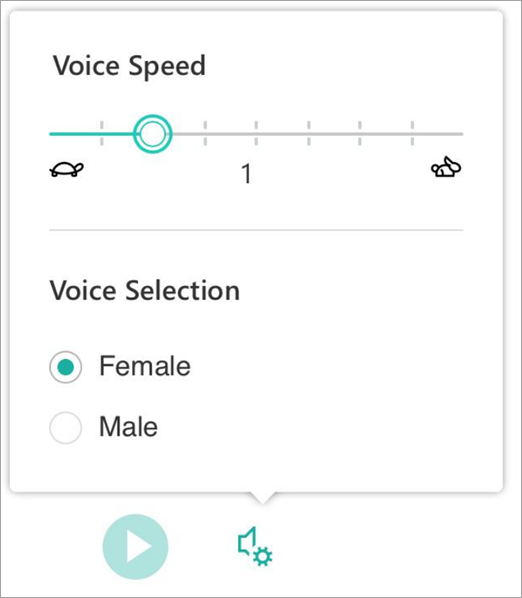The dictionary is a proofing tool. In the When Correcting Spelling in Microsoft Office Programs section, mark the Suggest from Main Dictionary Only check box. Click the Custom Dictionaries button. Add a word to (or delete a word from) the dictionary. From the Custom Dictionaries dialog box that opens, choose the dictionary you wish to edit. Add new word through a custom dictionary. In the menu bar, click the File tab, then click Options.; In the Word Options window, click the Proofing option in the left navigation pane.; Under the When correcting spelling in Microsoft Office programs header, make sure the box is unchecked for the Suggest from main dictionary only option.; Click the Custom Dictionaries button. Oxford Dictionary – Best Dictionary App for iPhone. The legacy of the dictionary dates back to a few.

Word 2011 for Mac lets you create, edit, and add new dictionaries to its collection of dictionaries. Perhaps your discipline, science, or profession uses a lot of specialized terms not found in the Word default dictionary, or maybe you need to add a dictionary for a language not supplied with Office 2011 for Mac.
A dictionary is simply a list of words with a paragraph mark after each word (created by pressing Return or Enter) in which the words are saved as a file with a .dic extension. Dictionary files aren’t different for Mac or Windows, but beginning with Word 2011, Word on the Mac may demand dictionaries that were saved a special way in order to support UniCode fonts.
Add Word To Microsoft Dictionary
You can find custom dictionaries and foreign language dictionaries on the Internet by searching for them, and many are free.
To add a custom dictionary file, take these steps:
Choose Word→Preferences from the menu bar.
In the Authoring and Proofing Tools section, choose Spelling and Grammar.
In the Spelling section, click the Dictionaries button.
Click the Add Button.
Navigate to the .dic dictionary file and select it.
If the .dic file you want to use is grayed out, switch the Enable pop-up menu to All Files.
Click Open.
Your custom dictionary appears with a check box that’s selected in the Custom Dictionaries dialog.
Click OK to close the Custom Dictionaries dialog and then click OK to close the Spelling and Grammar preferences pane.
Your new dictionary is now available to Word, Excel, and PowerPoint. Outlook uses the Mac OS X dictionary.
Editing a custom dictionary in Word 2011 for Mac

Because dictionaries are simply text files, you can open them in Word, add and remove words, and save them again. If you ever accidentally add a misspelling to a custom dictionary or if you want to add or remove words, follow these steps:
In Word, choose File→Open.
Select All Files from the Enable pop-up menu.
Choose the .dic file you want to use and click Open.
Click the Show button on Word’s Standard toolbar to toggle on the ability to see paragraph marks if they aren’t showing already.
Add or remove words from the list.
Click the Save button on Word’s Standard toolbar to save your changes; then click the Close button to close the document.
Add Word To Dictionary Outlook
Making a new custom dictionary in Word 2011 for Mac

If you found a list of words, or you don’t mind typing your own list, you can start from scratch with an empty dictionary, and then add your list to it using the steps to edit a dictionary from the previous section. Here’s how to make a new, blank custom dictionary:
Choose Word→Preferences from the menu bar.
In the Authoring and Proofing Tools section, choose Spelling and Grammar.
In the Spelling section, click the Dictionaries button.
Click the New Button.
Give your dictionary a name and then save it.
Click OK to close the Custom Dictionaries dialog and then click OK to close the Spelling and Grammar preferences pane.
Your new, empty dictionary is now available to all Office applications.

